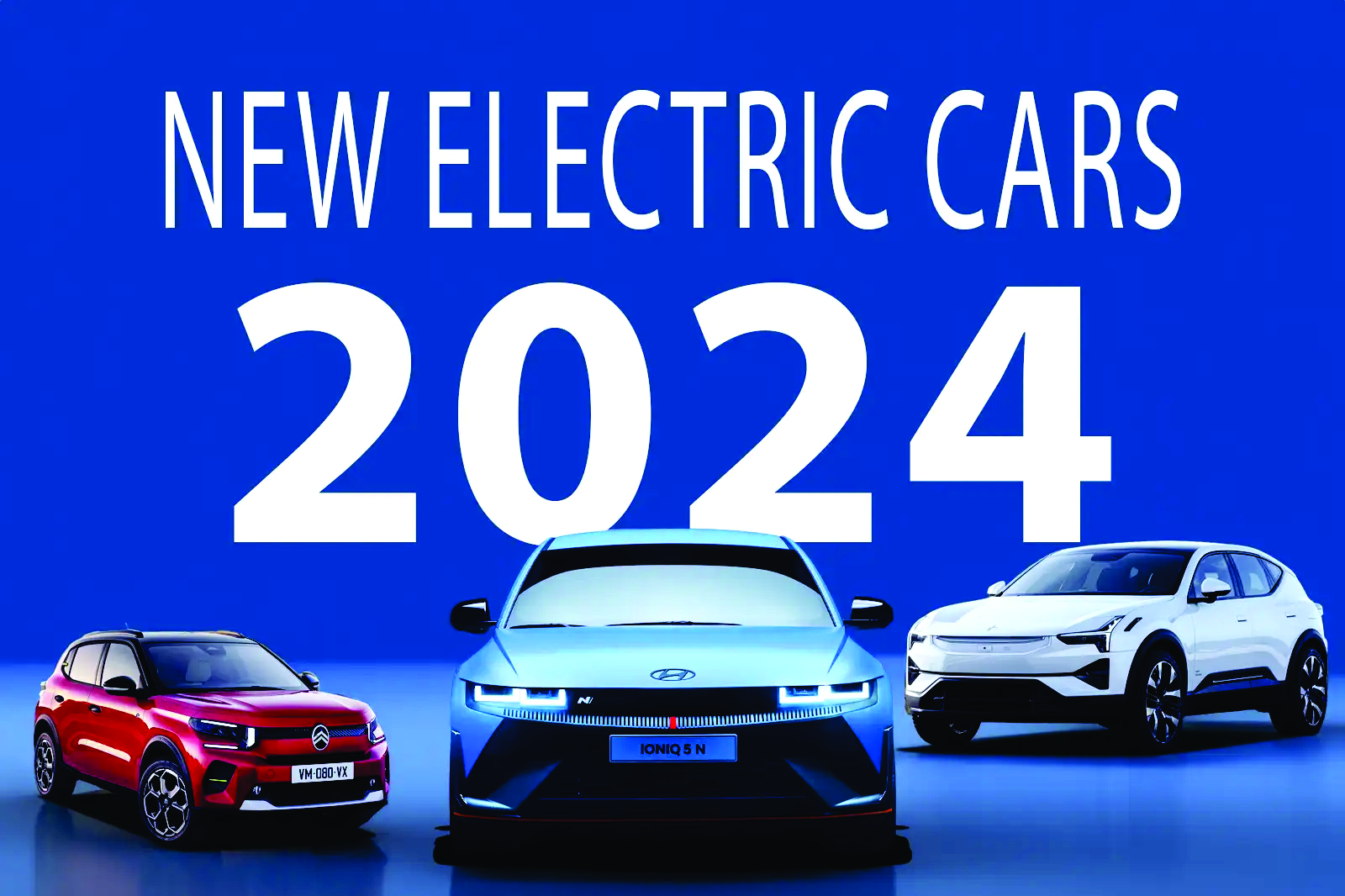From niche products, electric vehicles have become the central part of modern transportation. With 2024 promising to be one of the most important years in innovation regarding electric vehicles amid a globally transitioning sustainable energy dynamic, this year promises to see revolutionary changes in battery technology, autonomous driving, and the integration of electric vehicles into daily life. Whether you are an electric vehicle enthusiast or just curious, this deep dive exposes what new trends are driving the future of electric transportation.
-
The Solid-State Battery Revolution
Lithium-ion batteries have long formed the backbone of EV technology, but now solid-state batteries take center stage in 2024. These batteries can:
Increased Range: Solid-state batteries will boast a far better energy storage capacity that will push the ranges of EVs beyond 600-800 miles per charge.
Faster Charging: It will dramatically reduce charging time: what used to take hours could now be done in minutes.
Safety & Durability: Solid-state batteries minimize the risk of overheating, fires, and degradation over time for safer, longer-lasting power.
Why it matters: Think road trips across the country without the ‘range anxiety’ of constantly thinking about when you will charge. In fact, there is a fair amount of additional flexibility owners will have with electric vehicles, making those once-daunting road trips effortless.
2. Wireless Charging Technology: Convenience Redefined
Forget jumbled cords and dedicated charging stations. In 2024, EV wireless charging will go mainstream, with owners being able to charge their cars in a much seamless manner.
- This includes inductive charging pads where EVs can just park over a charging pad, which transfers energy wirelessly.
- Smart charging networks mean public parking spots in major cities and highways can have built-in wireless charging that will help drivers on-the-go juice up their vehicles.
Imagine this: You pull into your driveway, and it starts charging-automatically-with not a touch. Owning an EV is fast moving beyond the clean factor to ultra-convenience.
3. Autonomous Driving: The Leap Towards Full Autonomy
The year 2024 is shaping up to be an inflection point in the development of autonomous driving technology. EVs are leading from the front, with Level 4-capable EVs that handle most driving situations without occupants needing to interject:
- Real-time traffic navigation: The ability of autonomous systems to process information about traffic and current road conditions much quicker than any human driver could enables smoother and safer journeys. AI-powered safety systems:
- Increased AI integration now allows instant reactions to hazards; this prevents accidents by using predictive modeling and making decisions in a split second.
The safety implications are enormous, minimizing human error-the principal cause of accidents-while making EVs even more attractive for both consumers and regulators.
4. New EV Models to Watch in 2024
The year will bring one of the most exciting EV releases to date. The manufacturers are focusing on functionality and aesthetic appeal:
- Tesla Cybertruck: About to finally debut, this futuristic car combines utility with electric efficiency, ready to stir it up with its bold appearance and hard-wearing toughness.
- Lucid Air Sapphire: At the forefront, Lucid Motors pushes the tides of change in the high-end EV world, offering over 500 miles of range, record-breaking acceleration, and interior comfort second to none.
- Ford F-150 Lightning: Ford’s electric pickup truck remains dominant, with its heady mix of traditional power and electric technological wizardry proving electric trucks can be tough and sustainable.
The EV sector in 2024 is taking giant leaps toward making electric cars far more accessible, practical, and innovative than ever. Still, it has extended ranges, wireless charging, and state-of-the-art autonomous driving-what will really define this year as one to remember for electric vehicles.








